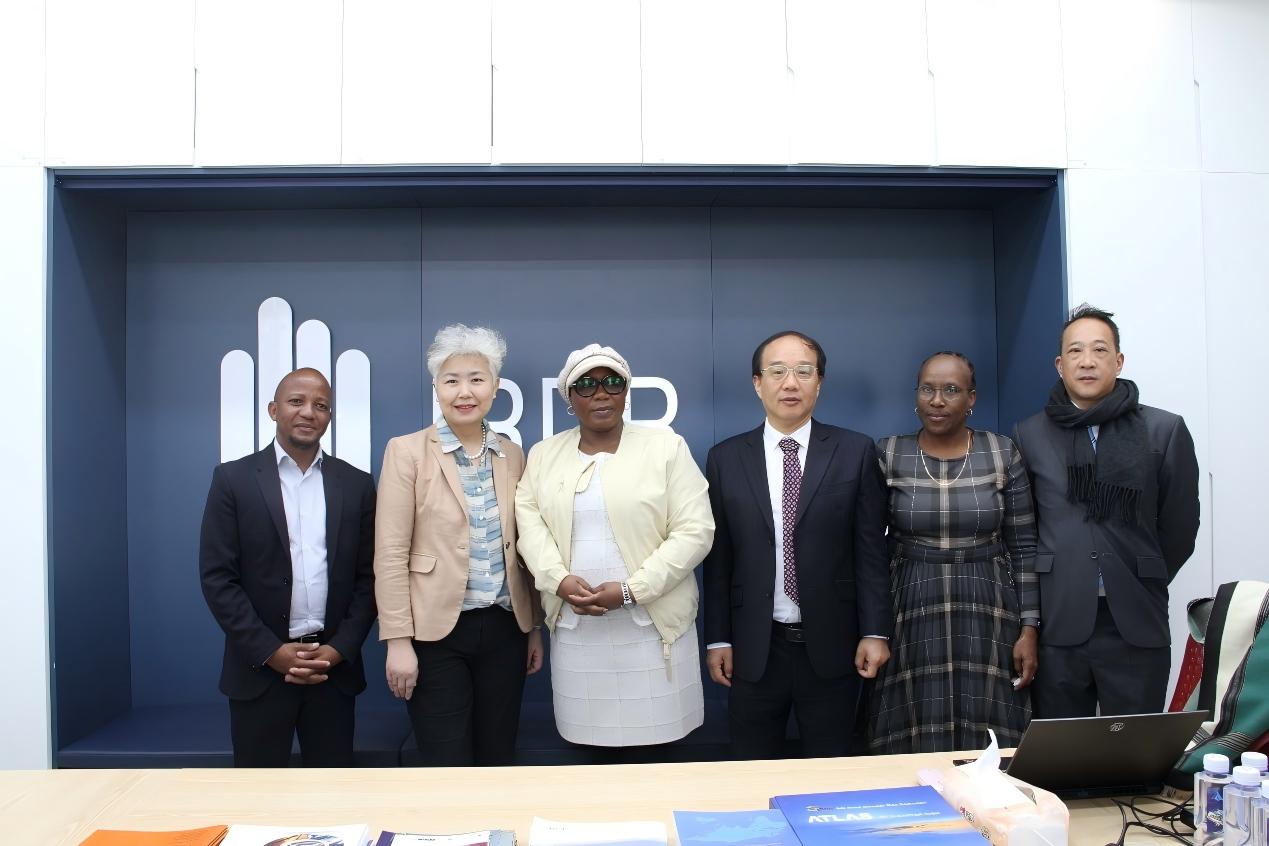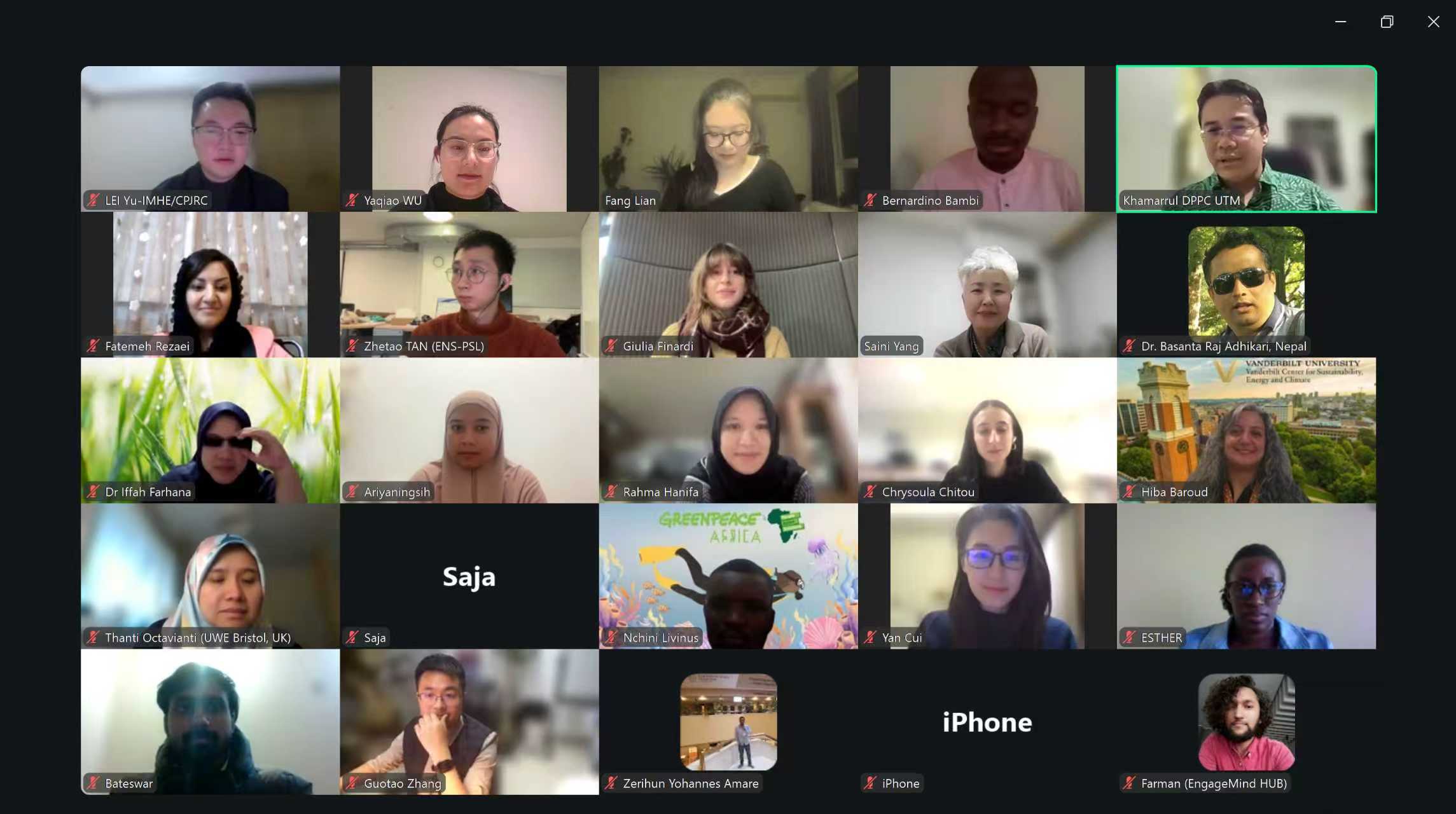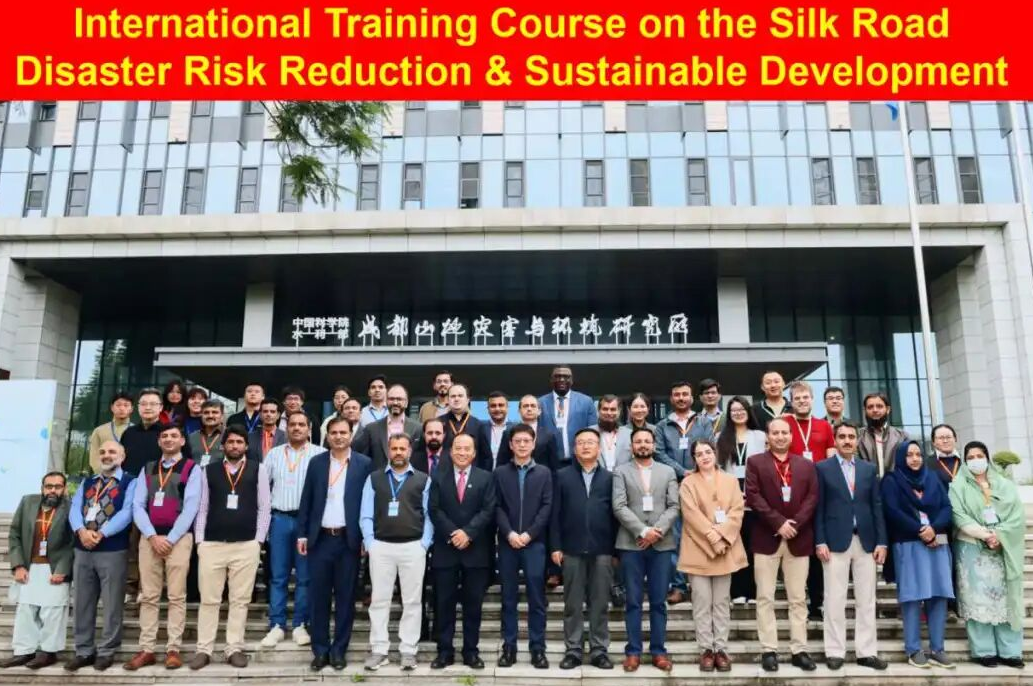World Heritage properties, as with all heritage properties, are exposed to natural and man-made disasters which threaten their integrity and may compromise their values. The loss or deterioration of these outstanding properties would negatively impact local and national communities, both for their cultural importance as a source of information on the past and a symbol of identity, and for their socio-economic value.
Risks related to disasters within heritage sites are a function of their vulnerability to different potential hazards. The natural disasters in Bam, Iran, or in the Old Fort of Galle in Sri Lanka are high profile examples of the vulnerability of cultural heritage worldwide. Natural heritage can also be threatened, in exceptional circumstances, by natural disasters. If natural disasters are difficult to prevent or control, hazards resulting from human activities can be avoided, and the vulnerability of heritage sites to both natural and human-made disasters can be reduced, thus lowering the overall risk threatening a property.

Recent studies, moreover, have suggested that the heritage, in both its tangible and intangible forms, is not simply a passive entity exposed to potential damage in the event of a disaster, but has often a significant role to play in reducing the impact of disasters on lives, property, and livelihoods, before, during and after the disasters. Moreover, protecting heritage will safeguard a precious asset for the sustainable social and economic development of the region during the recovery stage, both for its capacity to attract investments (such as for tourism purposes) and as a source of renewable and sustainable natural resources (such as wood, fish etc.). The importance of heritage as a source of employment should also not be underestimated.
Despite this, many World Heritage properties do not have any established policy, plan or process for managing, i.e. reducing, risks associated with potential disasters. Moreover, existing national and local disaster preparedness and response mechanisms usually do not include heritage expertise in their operations. As a result, hundreds of sites are virtually defenceless with respect to potential disasters, and communities worldwide are not exploiting the full potential of their heritage, both tangible and intangible, for reducing disasters’ risk.
The UNESCO World Heritage Centre is working together with States Parties to the Convention, Advisory Bodies and other partners, to develop policies and practical measures to address these challenges. These include the elaboration of a Strategy for Reducing Risks from Disasters at World Heritage Properties, technical workshops and resource material, as well as International Assistance to World Heritage properties to prepare for, or respond to disasters.
The Strategy for Reducing Risks from Disasters at World Heritage Properties was aimed to strengthen the protection of World Heritage and contribute to sustainable development by assisting States Parties to integrate concern for heritage into national disaster reduction policies and incorporate concern for disaster risk reduction within management plans and systems for World Heritage properties in their territories. It identifies five objectives and related actions structured around the five main priorities for action defined by the Hyogo Framework for Action, the main UN-wide policy on the subject of Disaster Reduction, and are also in line with Article 5 of the World heritage Convention as well as the Strategic Objectives established through the Budapest Declaration.
The five key objectives are:
1. Strengthen support within relevant global, regional, national and local institutions for reducing risks at World Heritage properties;
2. Use knowledge, innovation and education to build a culture of disaster prevention at World Heritage properties;
3. Identify, assess and monitor disaster risks at World Heritage properties;
4. Reduce underlying risk factors at World Heritage properties;
5. Strengthen disaster preparedness at World Heritage properties for effective response at all levels.
The objectives and corresponding priority actions can be found in WHC-07/31.COM/7.2.
Useful Link:
Resource Manual on ‘Managing Disaster Risks for World Heritage’
Source: UNESCO





